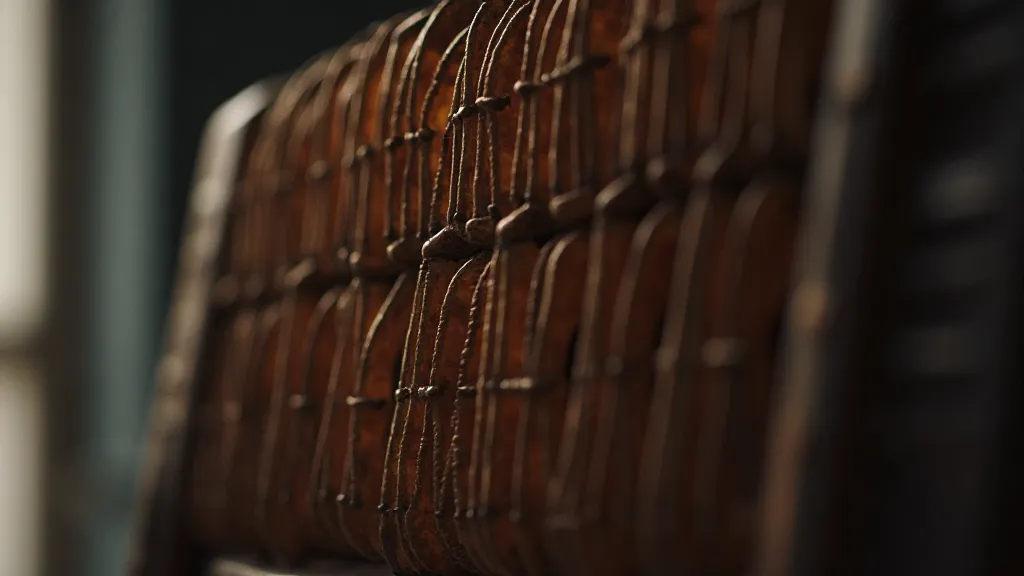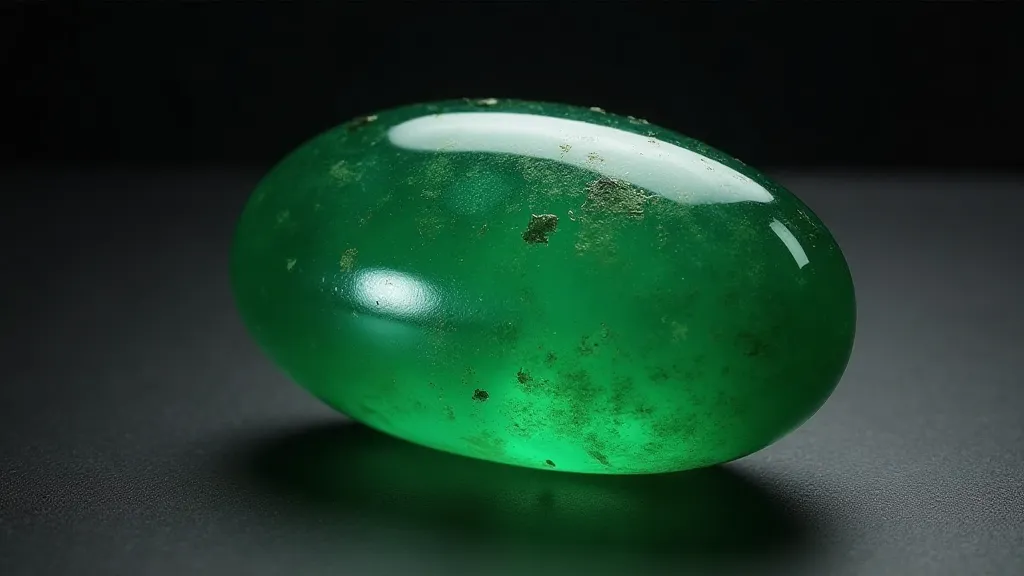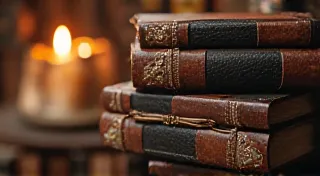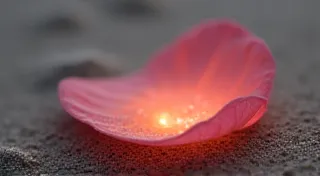Emerald Echoes: The Language of Growth and Renewal
There's a particular scent associated with antique accordions: a warm, woody breath of aged wood, aged bellows, and perhaps a whisper of leather preservative. It’s a smell that speaks of travel, of crowded ballrooms and quiet practice rooms, of laughter and longing. I remember my grandfather, a quiet man of few words, coaxing melodies from his accordion, a beautiful, dark-green instrument that seemed to pulse with a life of its own. It wasn’t just music he played; it felt like he was unlocking stories held captive within the wood and metal. That accordion, like a gemstone, held a history – a silent chronicle of human experience, and it stirred in me a fascination with the cycles of growth, decline, and, crucially, renewal.

The Emerald's Promise: A Symbolism Rooted in Nature
The connection between my grandfather's accordion and the deep-seated symbolism of emeralds isn't as arbitrary as it might seem. Emeralds, with their vibrant, hopeful green, are intrinsically tied to the language of growth. They represent spring's triumphant return after winter’s dormancy. Their color is the echo of new leaves, of fertile ground, of a world reawakening. Beyond mere growth, they signify renewal – the promise of something better emerging from a period of hardship. In countless cultures, the emerald has been revered. Ancient Egyptians associated it with Isis, the goddess of magic and motherhood, symbolizing rebirth and prosperity. In the West, it was believed to bring foresight and enhance creativity.
Think about the process of growing a plant. It requires patience, nurturing, and sometimes, the acceptance of loss – a broken branch, a failed seedling. The emerald embodies this entire journey. It's not just about the lush foliage; it's about the resilience and determination needed to overcome challenges and emerge stronger.
Lapidary and the Spirit of Renewal
As hobbyists dedicated to lapidary techniques, we inherently engage with this cycle of renewal. We take rough, unassuming stones – often dull and unremarkable – and through careful skill and labor, reveal the hidden beauty within. We don't *create* beauty; we *uncover* it. The act of cabochon making, for example, is an intimate dialogue with the stone itself. You're not imposing your will; you’re listening to what the stone wants to be. You're following the natural patterns, the subtle variations in color and texture, and guiding it to its most elegant form.
Consider the process of tumbling rocks for beginners. It seems simple enough – a barrel of stones, grit, and water. But it's a miniature ecosystem of transformation. The abrasive grit slowly, relentlessly, chips away at the rough exterior, revealing the polished beauty beneath. It's a powerful metaphor for personal growth - shedding outdated beliefs and embracing a more authentic self. Each gemstone holds a unique history, and the lapidary's touch – a practiced hand guided by an understanding of mineralogy – can unlock that story.
The Accordion’s Resilience: A Craft Lost and Reclaimed
My grandfather’s accordion, like any antique instrument, bore the marks of time. Cracks in the leather bellows, chipped keys, a slightly warped frame – each imperfection was a testament to its long and eventful life. Over the years, I’m told, accordions like his fell out of favor. The rise of other instruments, changes in musical trends, and the increasing complexity of manufacturing led to a decline in their production. Many fell silent, gathering dust in attics and basements.

But there's been a recent resurgence of interest. Accordion enthusiasts are seeking out these forgotten instruments, meticulously restoring them to their former glory. This, too, is a process of renewal. It requires patience, skill, and a deep appreciation for the craftsmanship of the original maker. It's not merely about fixing a broken instrument; it’s about preserving a piece of history, breathing new life into a cultural treasure.
Geology Hobby Projects: Connecting with Earth’s Cycles
Our fascination with gemstones extends beyond the lapidary's workshop. Mineral collecting guide enthusiasts understand that the origins of these stones are intimately linked to the Earth’s own cycles of creation and destruction. The slow, relentless forces of erosion, volcanic activity, and tectonic shifts have shaped the gemstones we admire. Think about creating custom jewelry – setting a carefully cabbed emerald into a silver ring, the green stone juxtaposed against the cool metal. You're not just creating an adornment; you're creating a tangible connection to the Earth’s long and complex history.
Geology hobby projects, like creating miniature rock gardens or building crystal formations, allow us to engage with these processes on a smaller scale. We can observe the slow, inexorable forces of nature at work, and gain a deeper appreciation for the delicate balance of the Earth’s ecosystems.
Embracing Imperfection: The Beauty of Transformation
Ultimately, both the restoration of an antique accordion and the lapidary’s skill in revealing the beauty within a gemstone share a common thread: the embrace of imperfection. A perfectly pristine accordion is, frankly, sterile. It lacks the character, the history, the story that comes with age and wear. Similarly, a flawless gemstone, while technically impressive, often lacks the depth and complexity of a stone with subtle inclusions – those tiny imperfections that tell a story of its geological journey.

The language of growth and renewal isn't about achieving perfection; it's about embracing the journey of transformation, recognizing that it’s the imperfections, the challenges, and the losses that ultimately shape us and enrich our lives. Just as my grandfather coaxed melodies from his slightly worn accordion, we, as lapidaries and geology enthusiasts, can find beauty and meaning in the stones we work with – stones that echo the ancient rhythms of the Earth and the enduring spirit of renewal.





